Currently, in some localities, the management, protection and promotion of the value of ranked relics have not received due attention, and there are still cases of arbitrarily accepting worship objects and mascots into relics that are not in accordance with regulations. The arrangement and layout of worship spaces are not suitable for each type of relic; the understanding of the value and meaning of relics is not thorough. To strengthen the management, protection and promotion of relic values, the Department of Culture, Sports and Tourism has just issued a document guiding localities to arrange worship spaces at relics that have been ranked by the State at the special national and national levels in the province.
Belief is a form of spiritual culture, a human belief expressed through rituals associated with traditional customs and practices that express the desire to bring spiritual peace to individuals and communities. The places where rituals are preserved, continued and practiced are religious and belief establishments built by people and communities and managed by decentralized levels (generally called relics).
Currently, the province has 1,888 relics, many of which have become famous spiritual addresses, sacred with the main gods living forever in the minds of Vietnamese people, spreading the beauty of traditional folk culture. However, there are many shortcomings in the current practice of beliefs.
Ha Nam currently has 2 special national relics (Tran Thuong Temple, Long Doi Son Pagoda); 94 national relics, mainly of which are communal houses, temples, and pagodas. Each type of relic has different architecture and spatial arrangement. However, the arrangement of the worship space must be based on the principle of ensuring authenticity, respecting local customs, practices, and worship beliefs, ensuring the arrangement of worship objects and artifacts with correct origin, location, and function. Communal houses are places to worship the village's tutelary gods, where unique traditional cultural features are preserved, and at the same time, are places for villagers to meet and discuss matters.
In Ha Nam, the number of communal house relics is the largest. The tutelary gods worshiped in the communal house are those who have contributed to the people and the country, those who founded villages, hamlets, and professions, etc. The main worship spaces in the communal house are the main hall and the back palace. The main worship objects are: altar, incense table, pair of cranes, lamps, candle holders, incense bowls, three-mountain, three-legged tripod, eight-treasure stand, incense burner, umbrella, horizontal lacquered board, large characters, scrolls, parallel sentences, etc. In addition, the communal house also arranges and displays other artifacts such as: palanquins, gongs, drums, tables for offerings, etc. The back palace worship space is built closed, where the throne and memorial tablets (for deities who have been granted titles, including queens) are placed. Saints who have not been granted titles are only worshiped on memorial tablets placed in the shrine. Inside the memorial tablet is engraved the title and title (if any) of the village tutelary god.
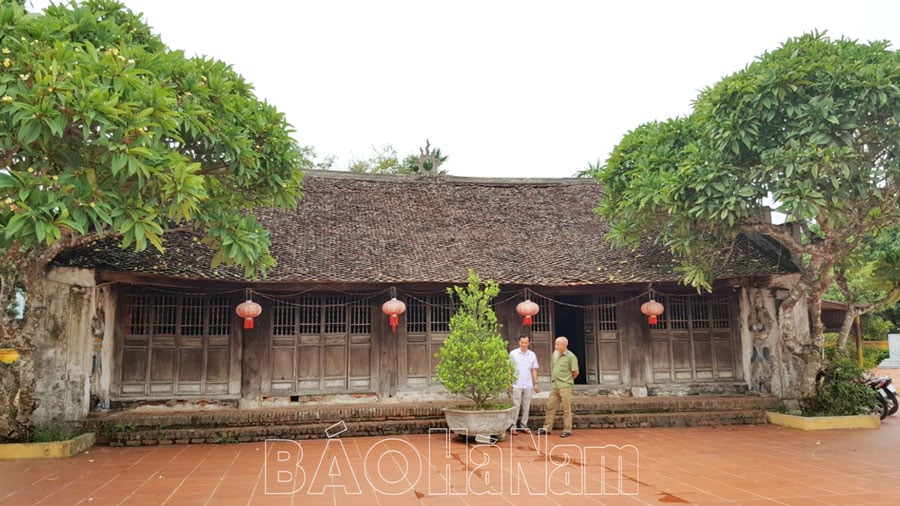
Unlike communal houses, Buddhist temples have the arrangement and decoration of worship objects and statues according to the philosophical spirit explained in the Buddhist scriptures. The main place of worship is the Buddha hall, decorated with statues of Buddhas, Bodhisattvas, Arhats, etc. The worship space of the temple is arranged in layers of statues from the highest point of the main hall to the outside of the worship hall. Therefore, the central space of the worship hall intersecting with the upper hall is the central space where Buddhist statues are arranged, where worship rituals take place, where the abbots of the temple chant sutras and recite Buddha's name every day.
At Buddhist altars, the worship items are usually arranged, including: incense bowls, candles, incense tubes, trays, flower vases, altars... With the architectural space of the pagoda: on the main pillars, columns, crossbeams... often hang large characters, horizontal lacquered boards, scrolls, brooches, parallel sentences, robes, votive gates... Most pagodas in the Northern Delta region have a Mother Goddess shrine in the premises.
The ancients believed that the Saints would bless believers with luck, wealth, prosperity, and health, even while they were still alive in this world. Buddha would bless the souls of sentient beings to the Western Paradise after death, so since ancient times, most Buddhists have also been followers of the Holy Mother. The tallest statues of the Mother Goddess are the statues of Bodhisattva Avalokiteshvara (or the statue of Thousand Hands and Thousand Eyes). The second layer is the statue of the Jade Emperor and the two deities Nam Tao and Bac Dau. The third layer is the statue of the three Holy Mothers, the statues of the Five Venerable Officials, the Four Palaces of the Lady, the Four Palaces of the Prince, and the Four Palaces of the Holy Lady are the next layers. The back of the communal balcony has the statue of the Five Tigers, on both sides are the statues of the Two Boys and the Thanh Xa, Bach Xa, the Lady and the Boy towers on both sides inside or outside the door. In the yard, there is usually an incense stick to worship the Mother of the Nine Heavens (Mother of the Upper Heaven).
Temples are places to worship gods, there are two types: cultural heroes, national heroes. In this system, there are angels and human gods. National heroes are typical characters representing the glory of a certain period of history, in the work of building and defending the country (in Ha Nam, we can know them as King Le Dai Hanh, Ly Thuong Kiet, Tran Hung Dao...). Others can be gods with lesser achievements than the national heroes mentioned above. Cultural heroes are gods born from the associative thinking of the community, worshiped for many achievements such as: helping the king fight the enemy, fighting floods, teaching people to plow, doing handicrafts... The arrangement of the worship space of the temple is similar to that of the communal house. The main god is located in the center, close to the back wall. On both sides of the main god are attendants. If the shrine has multiple main deities, then the first main deity sits in the middle, the second main deity sits on the right, the third on the left, and so on in order of even and odd numbers to determine the order on the altar. In many temples, there is also a separate altar for the parents (official or fictional) of the main deity placed in the two adjacent rooms of the sanctuary.
In the minds of Vietnamese people in particular and the East in general, worship is a very sacred and important thing. It is a belief and at the same time a good moral tradition of Vietnamese people. Guidance on arranging worship spaces is necessary to preserve cultural traditions and meet the spiritual and religious needs of the community. In the guidance for localities on arranging worship spaces at relic systems of the functional sector, there is a requirement: The implementation of arranging worship spaces must ensure ventilation, avoid placing too many worship items on the altar, especially new worship items that are not in the right function, position, meaning, made from paper, plastic materials (plastic fruits, paper flowers, votive offerings, etc.) that cause discomfort, reduce aesthetics and are unsafe in fire prevention and fighting. The characteristic of the worship space is quiet and nostalgic, so the light in the worship space should be used reasonably. The lighting arrangement should be symmetrical according to the altar, the style and material of the lights also need to be suitable for the common space. The types of sacrificial objects at the relics are very rich and diverse such as: dragon throne, memorial tablet, incense table, halberd, eight treasures, drum, gong, palanquin, robe, candle, incense burner, bronze tripod, ancient tray, flower vase, three objects, five objects... Each type of worship object has its own function and spiritual meaning and must be arranged in a certain position, in accordance with the law of yin and yang and the five elements.
The implementation of arranging worship spaces at relics will begin from July to October 2024 at all relics ranked at special national and national levels in the province. The inspection will be carried out at the end of the year. Currently, at the grassroots level, the Department of Culture and Information of districts, towns and cities has proactively reviewed, advised the People's Committees at the same level to direct, guide, organize training and deploy the arrangement of worship spaces at relics according to regulations in the area.
Chu Binh
Source: https://baohanam.com.vn/van-hoa/sap-xep-khong-gian-tho-tai-cac-di-tich-bao-dam-thuc-hanh-tin-nguong-cong-dong-127753.html







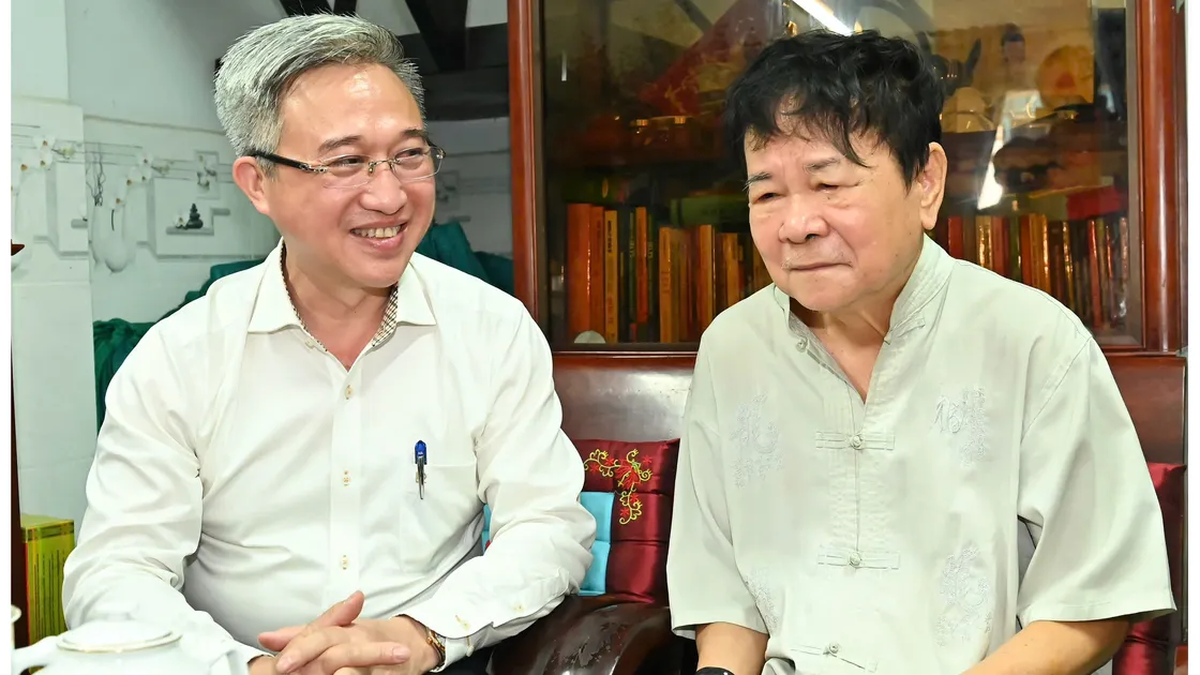
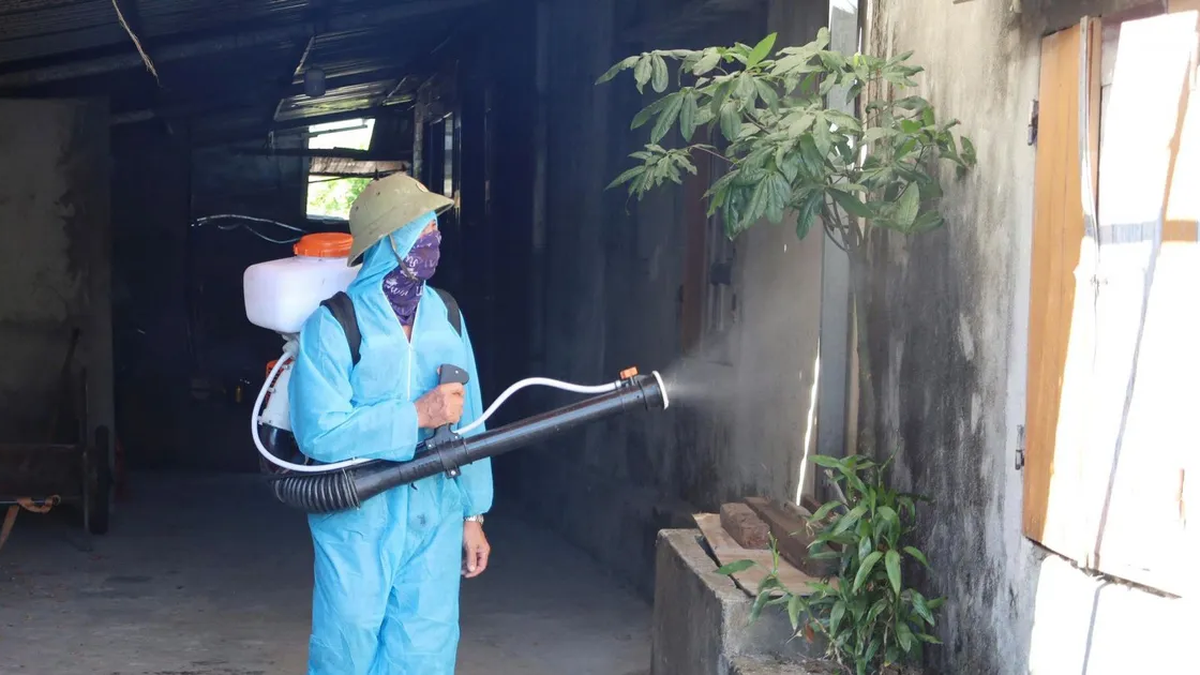

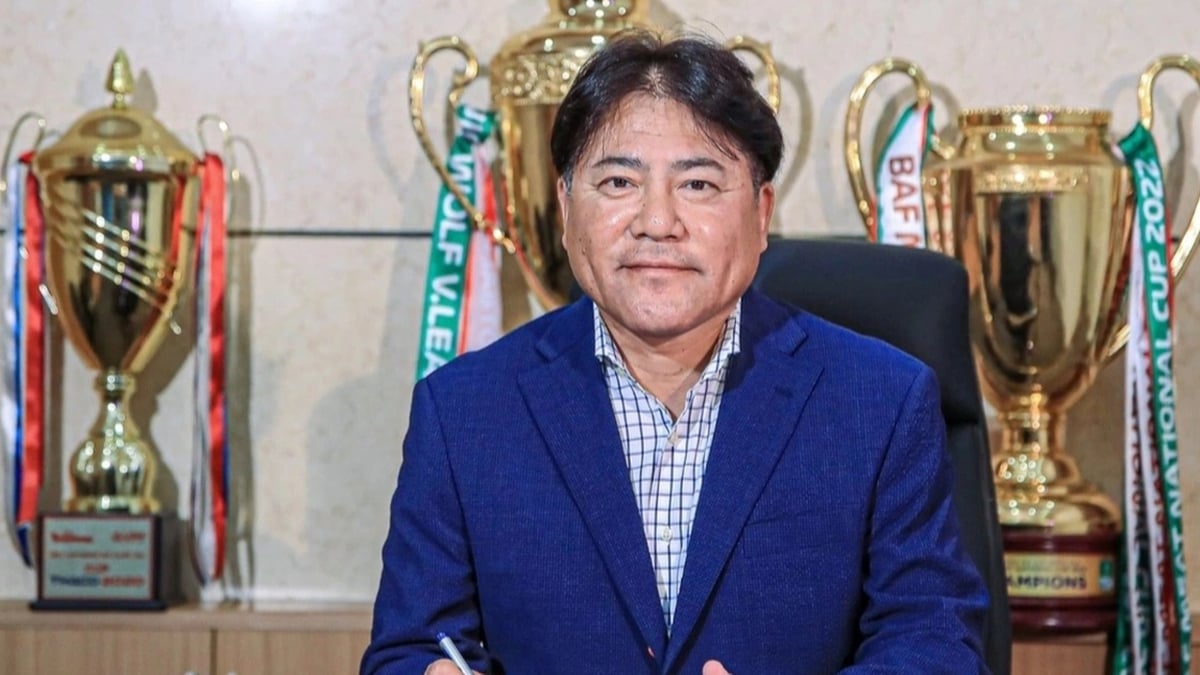
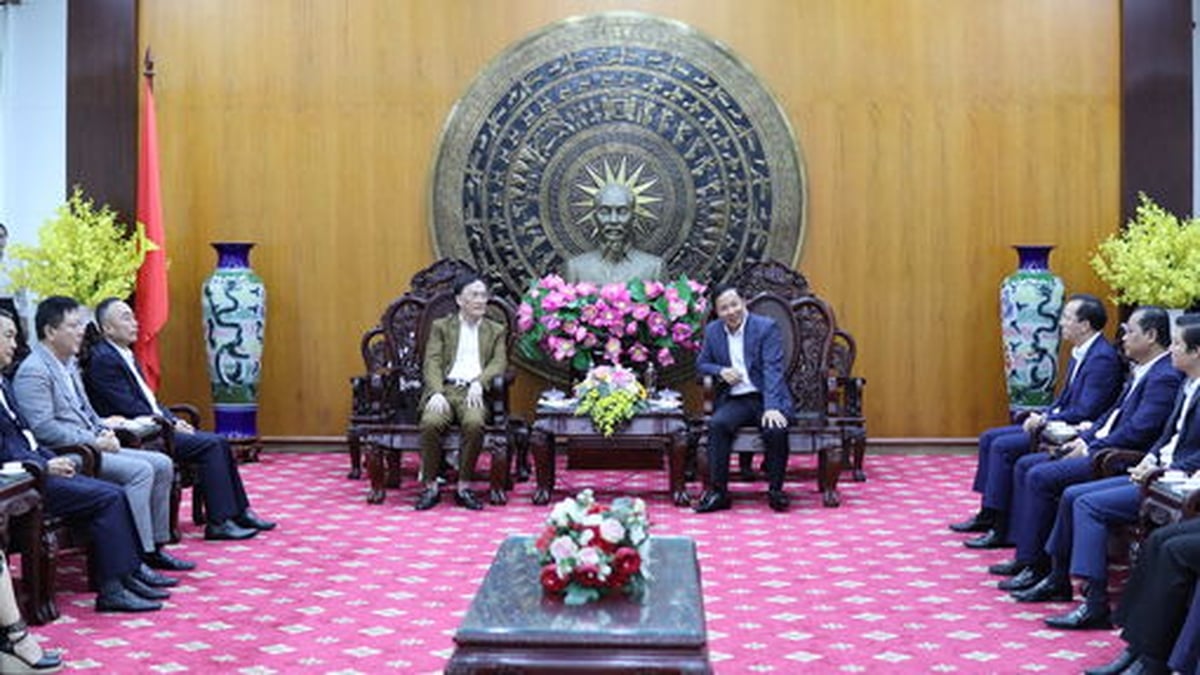




















































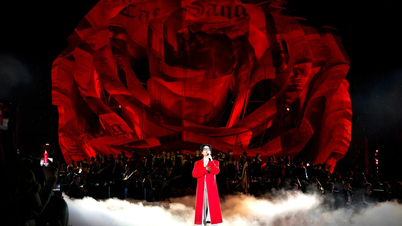


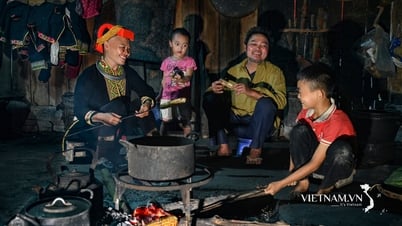






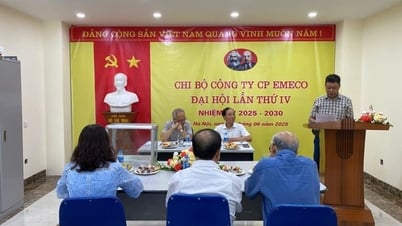

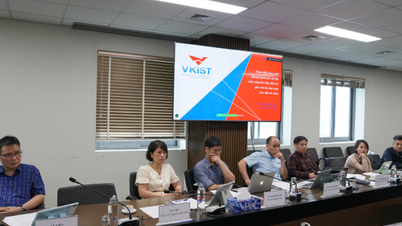

















![[Infographic] In 2025, 47 products will achieve national OCOP](https://vphoto.vietnam.vn/thumb/402x226/vietnam/resource/IMAGE/2025/7/16/5d672398b0744db3ab920e05db8e5b7d)





Comment (0)